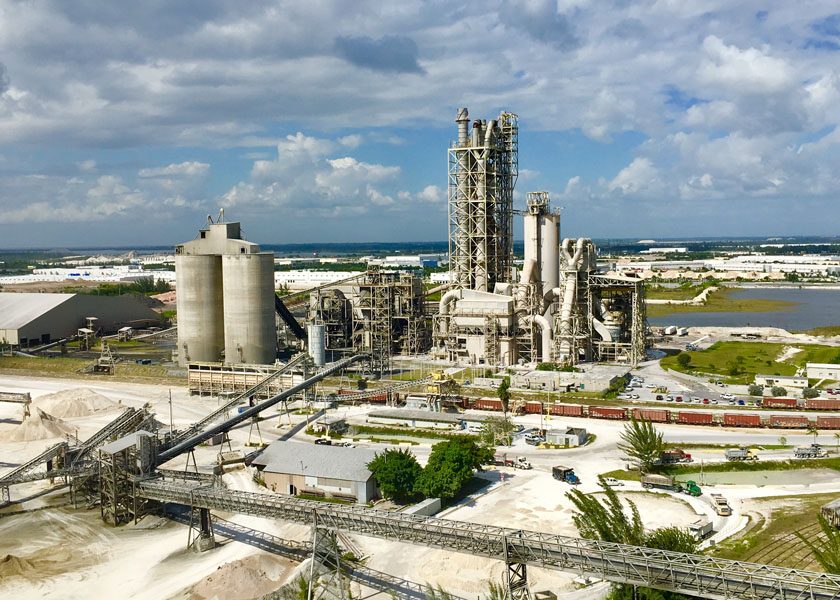A new report by a coalition of local governments claimed that if the Austin, Texas, area runs afoul of new federal clean air standards, the region’s economy could suffer tens of billions of dollars in losses over the next three decades, reported the Austin American-Statesman.
Triggering a cascade of new government regulations, a violation of the new smog rules could discourage two major employers, including Texas Lehigh Cement Co., from expanding in Central Texas, according to “The Potential Costs of an Ozone Nonattainment Designation to Central Texas.”
The report, prepared by regional planning group Capital Area Council of Governments, said Buda, Texas-based cement manufacturer Texas Lehigh would forgo an expansion as well as chip fabricator Samsung. It also noted that the thwarted expansions, taken with other losses in federal money for highway projects, could lead the region to lose from $24 billion to $41 billion between 2018 and 2046.
The analysis comes as Texas and other states try to press the Obama administration to back off proposed new standards. The current standard for ozone emissions is 75 parts per billion; the U.S. Environmental Protection Agency proposes reducing that threshold to the range of 65 to 70 parts per billion.
There’s a good chance Central Texas will meet the new standards. The Austin area spends roughly $30 million on vehicle inspections and repairs per year to decrease smog levels. The efforts have helped drop the levels from 77 parts per billion in 2008 to 68 parts per billion this year. Additionally, federally mandated fuel standards that take effect in 2017 are expected to reduce Austin’s ozone levels to 65 parts per billion by that year. (Only about 10 to 15 parts per billion of the emissions are directly in the control of Austin; most of it blows in from other areas.)
That puts Austin on a trajectory of compliance – unless EPA takes only 2014 to 2016 data into account and opts for the lower part of the ozone range. In that case, the region could lose billions of dollars through lost capital investment, longer-term loss of earnings, property income and taxes.
A violation could trigger new federal regulations, including one that requires companies to demonstrate that new facilities meet a number of special pollution abatement requirements before they qualify for a pollution permit.
That means another layer of regulation for manufacturers. However, Central Texas has a demonstrated need for more cement production. The Cement Council of Texas estimates that demand for cement will outstrip the production capacity of Texas plants, with a 26 percent growth in demand expected over the next five years or so.
The report predicted that “there is a very good chance that a cement company will seek to build a new cement plant along the I-35 corridor within the next 5-10 years and the most likely location for such a plant would be the Austin-Round Rock” area.
But, the report added, discussions with the cement council and Texas Lehigh “lead CAPCOG to believe that a nonattainment designation would almost certainly preclude the construction of a new cement plant within the region” because any additional pollution abatement controls would put the plant at a competitive disadvantage.
The report included this dire warning: “A nonattainment designation is a threshold that, once crossed, has at least 23 years of economic consequences for the region for some of the regulatory requirements even under the most optimistic circumstances.”



